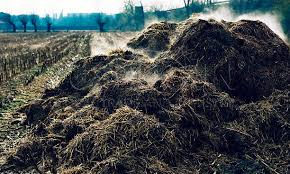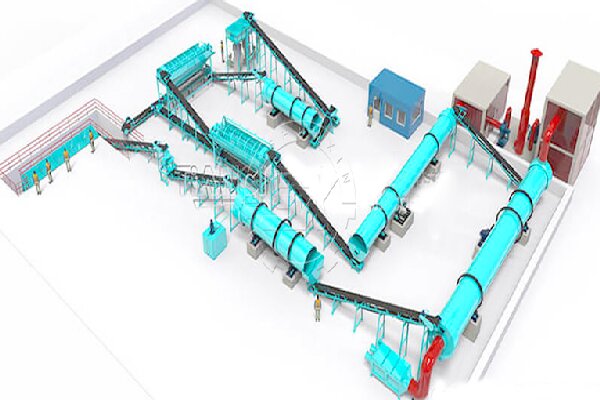In recent years, the demand for sustainable agricultural practices has led to a surge in interest for biofertilizers, which are pivotal in enhancing soil health and increasing crop yield without the use of harmful chemicals. Selecting the right raw materials for biofertilizer production is crucial for ensuring both the efficacy and environmental friendliness of the end product.
Understanding Biofertilizers
Biofertilizers are organic formulations containing living microorganisms that promote plant growth by increasing the supply or availability of primary nutrients to the host plant. These fertilizers play a significant role in nutrient cycling and improving soil structure, making them an essential component in organic farming.

Key Considerations for Raw Material Selection
- Nutrient Content: The chosen raw materials should be rich in essential nutrients like nitrogen, phosphorus, and potassium. Organic matter such as compost, animal manure, and crop residues are excellent sources of these nutrients. Many people choose to depoly the animal manure biofertilizer business plan. Click here to get more!
- Microbial Activity: The effectiveness of a biofertilizer is largely dependent on the presence of beneficial microbes. Therefore, raw materials should support the growth and proliferation of these microorganisms. This can include materials such as rhizobia-inoculated plant roots or mycorrhizal fungal spores. YUSHUNXIN can provide you with equipment for adding bacterial agents to raw materials, welcome to consult!
- Environmental Impact: Opt for materials that do not contribute to pollution or resource depletion. Renewable resources such as plant-based waste or sustainably harvested seaweed are preferable choices.
- Cost and Availability: Practicality in sourcing is important. Local, inexpensive, and readily available materials can reduce bio fertilizer production costs and support regional agricultural systems.
- Compatibility with Target Crops: The raw materials should be selected based on compatibility with the specific crops being cultivated. For instance, certain crops might benefit more from phosphorus-rich raw materials, while others may require enhanced nitrogen availability.
- Regulatory Compliance: Ensure that all raw materials meet regulatory guidelines and standards set by agricultural and environmental bodies. This is essential to avoid any legal issues and protect both consumer safety and environmental health.

Conclusion
The careful selection of raw materials is a critical step in the production of effective biofertilizers. By focusing on nutrient content, microbial support, environmental sustainability, cost, crop compatibility, and compliance, producers can create biofertilizers that support robust and environmentally friendly agricultural practices. As the agricultural industry continues to move towards sustainability, the role of biofertilizers, underpinned by thoughtful raw material selection, will only grow in importance. If you want to know more detailed biofertilizer production process of different raw material, please visit: